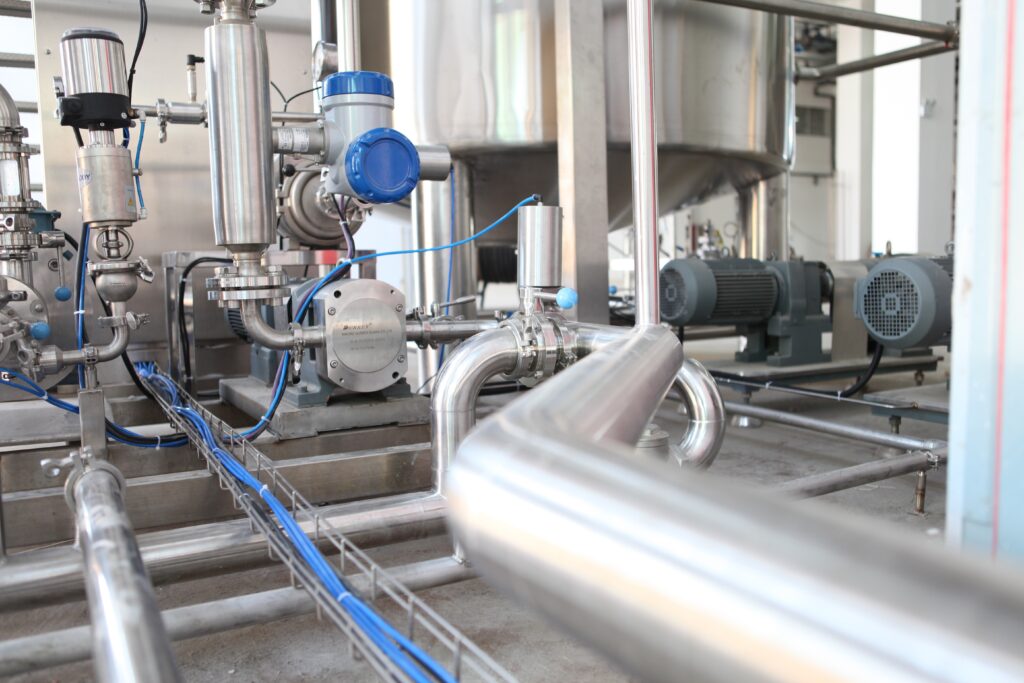Martin Thirsk, Managing Director of Energy Technology & Control – global leaders in the design and development of combustion controls and burner control technology – explains how our innovative Plant Master mode empowered a European chemical processing plant to dramatically improve the efficiency of its boiler set-up.
A European chemical processing plant recently contacted us seeking to improve the efficiency of its boiler set-up. The plant utilises 9 boilers to provide enough steam in both the processes of making the chemicals and the operation of the plant itself. In this article we analyse how a sequencing system can be used to analyse boiler results and improve efficiency.

Boiler efficiency v’s factory demand
When multiple boilers utilise a common steam header, each boiler will be working individually to meet the overall demands of the business. Without a sequencing system being in operation, this can result in one or two boilers working to the max while others aren’t working at all. By incorporating a sequencing system – such as the Plant Master mode available on our ETC6000 – it allows the system to accurately gauge the capacity of the entire boiler set-up. It can then compare these results with the most efficient operating point for the individual boilers, ensuring that each boiler is run at its highest level of efficiency to meet the factory’s power requirement.
We connect a CANBus sensor, to a local ETC6000 controller – the CANBus sensor is connected directly to the plant master – to measure the steam pressure. The Plant Master interface allows the CANBus sensor to be designated as the sensor input and power supply (to monitor the header pressure or temperature for the entire system). The engineer will enter details regarding high fire, low fire and the best modulation, the Plant Master will then deduct the most efficient range for each boiler.
The costs of inefficiency
Typically, boiler efficiency peaks at around 75% modulation but all boilers are different. Once correctly set up the system will try to keep each boiler at its most efficient modulation rate but will modulate them past this point if demand requires. A well-modulated sequencing system enables the overall system to better match its output to the demand, meaning that the processes that rely on this are better served.
A factory with an inefficient boiler set-up can suffer in several ways. If the boilers are working too hard, they will produce extra heat which if not used ends up going to waste, conversely if the heat produced doesn’t meet demand the cooking process is slower, this adversely affects the bottom line.
A decrease in efficiency at full output typically occurs because of the increased heat losses accrued. Conversely boiler losses can also increase at lower modulation rates, this occurs for a variety of reasons, not least because whilst modulation rates can be reduced the physical size of the equipment remains constant. Improving the on/off strategy with intelligent sequencing will lead to less boiler cycling, increasing the overall efficiency of the setup and reducing the wear on the boiler and system components.
Less boiler cycling also increases efficiency of the overall system because boiler purging at start-up leads to heat losses.
To learn more about Energy Technology and Control’s mission to become the world leader in the design, and manufacture of burner control and monitoring equipment, for energy efficient and environmentally aware boiler operators visit www.energytechnologycontrol.com today.